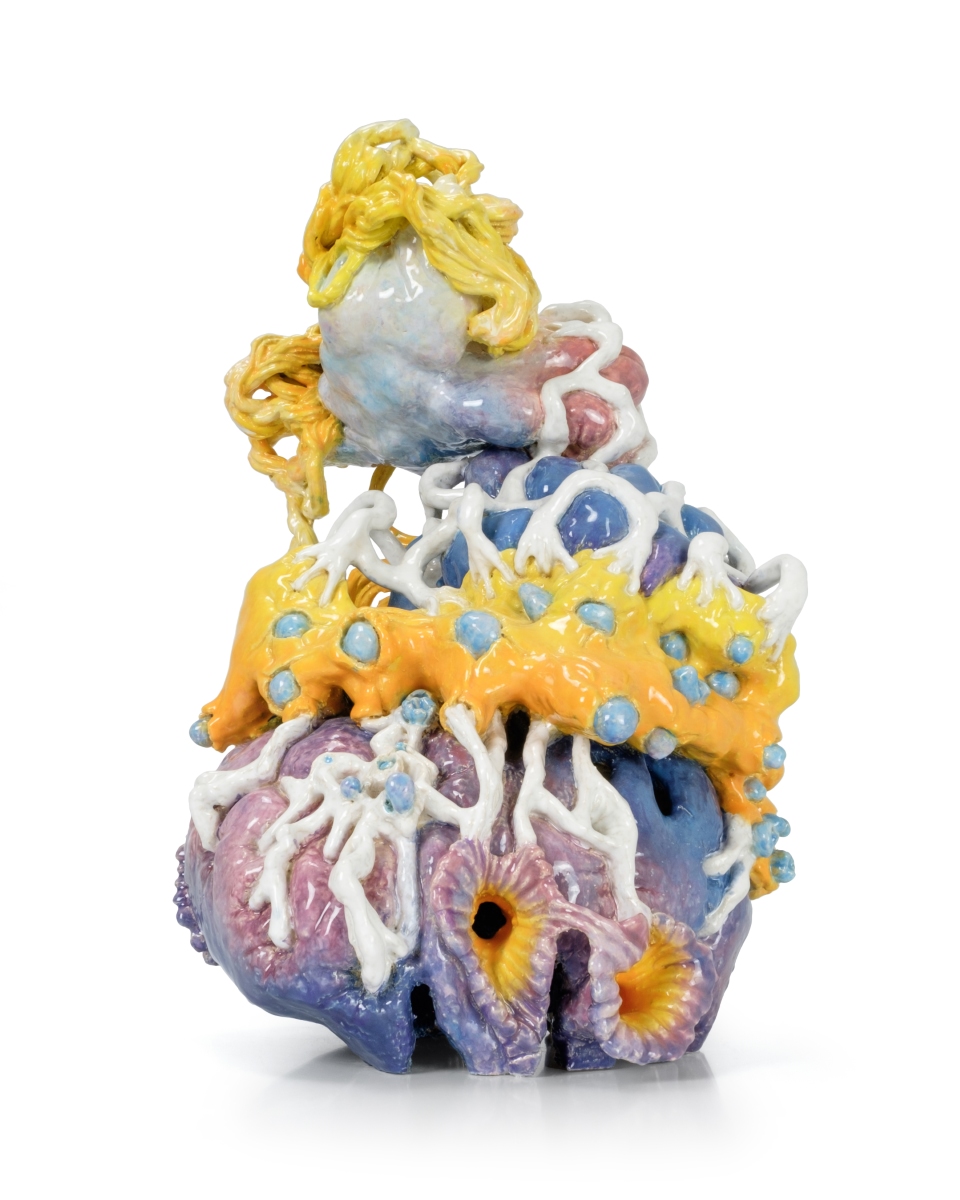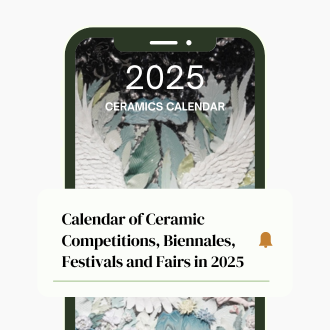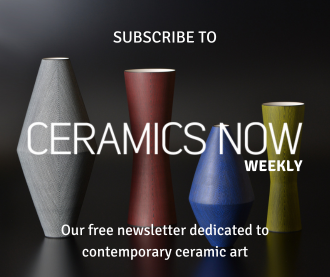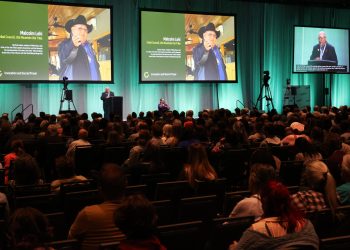Nick Ervinck is a Belgian artist who graduated in 2003 from the KASK (Royal Academy of Fine Arts, Ghent) with a master’s degree in Mixed Media. He trained in computer modeling, sculpting and working with materials such as polyester, plaster and wood, and after teaching at art academies in Tielt, Menen and Kortrijk (2004-2012), he returned to the KASK to spend three years as a visiting professor here. His work consists of large installations, handmade and 3D printed sculptures, ceramics, prints, drawings, light boxes and animated films.
He has received several prizes: Prix Godecharle (2005), The Fortis Young Ones Award (2006), the Provincial Prize for Fine Arts West Flanders (2006) and the Rodenbach Fund Award (2008). In 2013 Ervinck also won the prestigious Merit CODA Award for his art integration IMAGROD. In 2009 Ervinck was praised for WARSUBEC, a monumental project created for the Zebrastraat cultural site in Ghent. Many public and private assignments also followed.
He founded Studio Nick Ervinck in 2011. Ervinck’s work has been acquired by art collectors around the world and shown in solo and group exhibitions in Europe, United States and Asia.
Visit Nick Ervinck’s website and Instagram profile.
Featured work
Skin and Plant Mutation, 2014-2018
I have always been fascinated by how art has developed due to new materials and techniques. Somewhat disappointed at contemporary sculpture and it’s lack of renewal, I turned towards architecture, applied sciences and New Media, in order to elaborate a new language, and to compose forms and designs that were unthinkable in all those years before. My aim is to let architecture and sculpture meet, and to explore the realm of the impossible by constantly pushing the limits of what we call ‘realistic’.
Moreover, my images balance on the edge of functionality, spatial interventions, digital aesthetics and object-oriented eclecticism. Using copy paste techniques in a 3D software environment, I derive images, shapes and textures from different sources: basilicas, corals, dinosaurs, cottages, Rorschach inkblots, Chinese rocks and trees, manga, twelfth-century floral wallpaper, fauna and flora, anatomical parts,… Simultaneously, my work holds numerous references to the tradition of sculpture, (such as the work of Hans Arp, Henry Moore or Barbara Hepworth) and to architecture (think of Greg Lynn, who introduced the blob as an architectural constructive principle). Consequently, I am particularly interested in how the computer can be used in the realisation of new, organic and experimental (negative) spaces and sculptures within sculptures and how the tension between blobs and boxes is articulated during the digital designing process.















